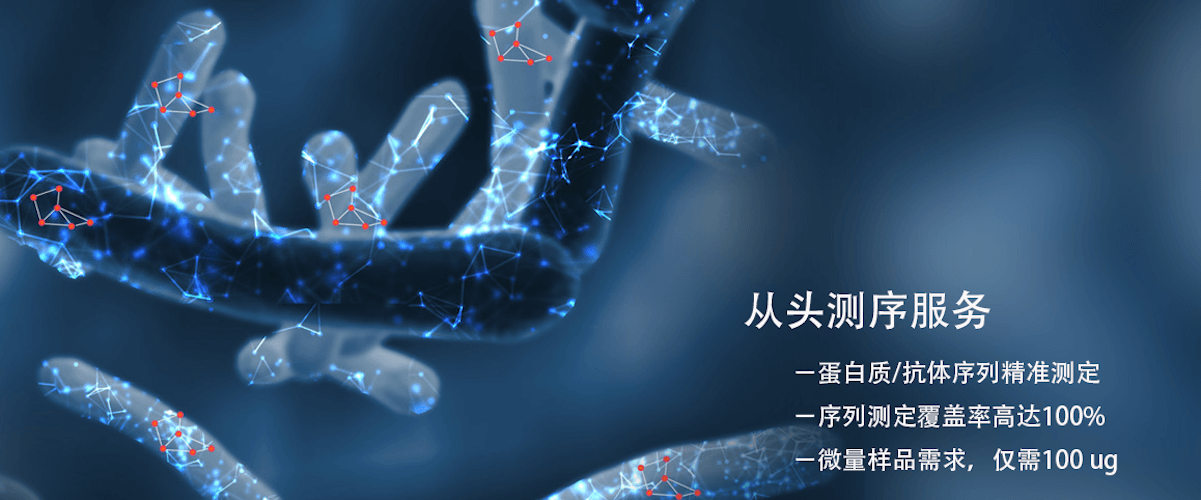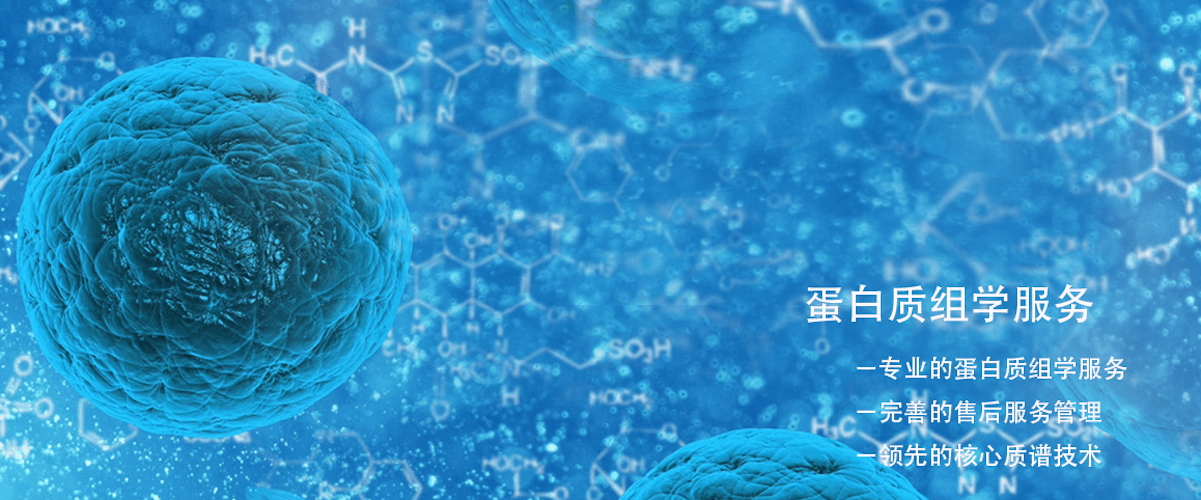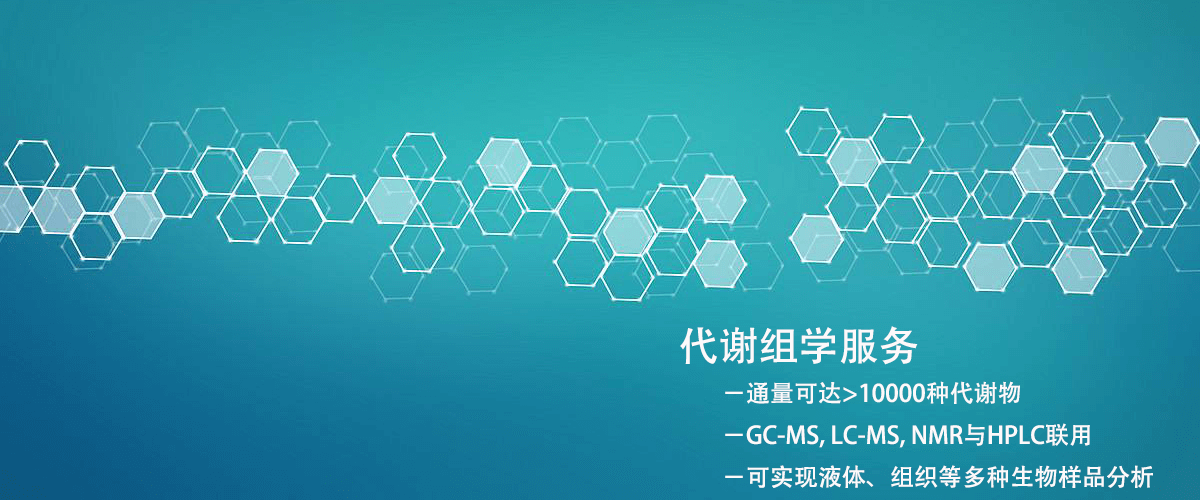Mass Spectrometry-Based De Novo Protein Sequencing Steps
De novo protein sequencing based on mass spectrometry primarily utilizes mass spectrometers to deduce sequence information by measuring the mass-to-charge ratio of proteins or peptides. The process begins with enzymatic digestion of the protein sample to be analyzed, commonly using enzymes like trypsin to break down the proteins into shorter peptides. Next, these peptides are analyzed using a mass spectrometer to generate a mass spectrum. By interpreting the peak information in the mass spectrum, the amino acid sequences of the peptides can be deduced. This process relies on complex software algorithms to address complexities arising from modifications, variations, or sequence repetitions, thereby enabling the de novo prediction of protein amino acid sequences.
Mass spectrometry-based de novo protein sequencing is not only a crucial part of proteomics research but also plays an indispensable role in biomarker discovery, drug target identification, and the study of novel protein functions. In practice, this method involves multiple mass spectrometry analyses, including primary mass spectrometry (MS1) and secondary mass spectrometry (MS/MS) analyses, to provide more detailed peptide fragment information. MS1 is used to measure the mass-to-charge ratio of intact peptides, while MS/MS provides more specific structural information through selective fragmentation. This multi-layered analysis approach allows for precise determination of peptide mass-to-charge ratios and fragmentation patterns, thereby enhancing the accuracy and reliability of de novo protein sequencing.
Common Questions:
Q1. What challenges are faced when handling complex samples in mass spectrometry-based de novo protein sequencing?
A: The large number of proteins and their varying abundances in complex samples may result in low-abundance protein signals being masked by high-abundance proteins. Additionally, modifications, variations, and sequence homology in the sample increase analytical complexity. Key strategies to address these challenges include optimizing mass spectrometry resolution and sensitivity, as well as refining data processing algorithms.
Q2. How can the accuracy of peptide sequences be improved in mass spectrometry-based de novo protein sequencing?
A: Accuracy can be improved through various means, including optimizing enzymatic digestion conditions to reduce non-specific cleavage, using high-resolution mass spectrometers to enhance measurement precision, and employing advanced software algorithms for sequence matching and error correction. The combined use of multiple mass spectrometry techniques such as ETD (electron-transfer dissociation) or CID (collision-induced dissociation) also aids in more accurately determining complex peptide sequences.
BiotechPack, A Biopharmaceutical Characterization and Multi-Omics Mass Spectrometry (MS) Services Provider
Related Services:
How to order?





